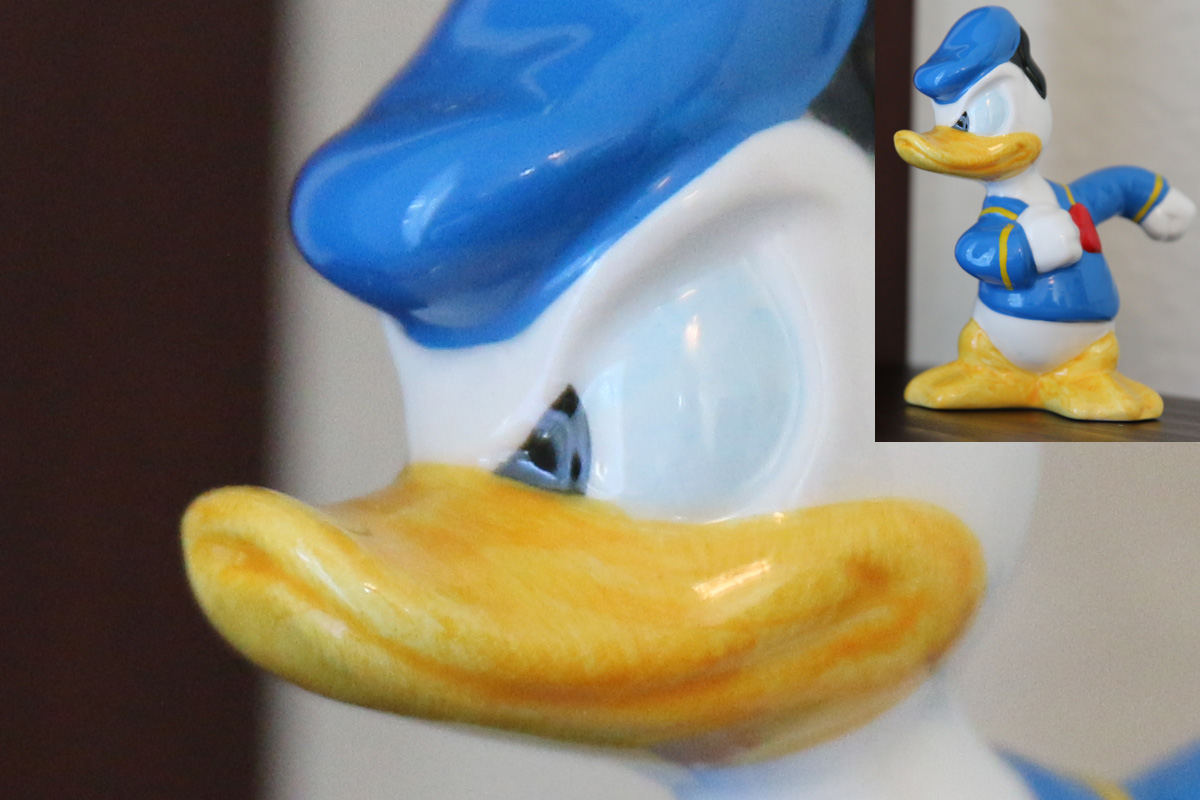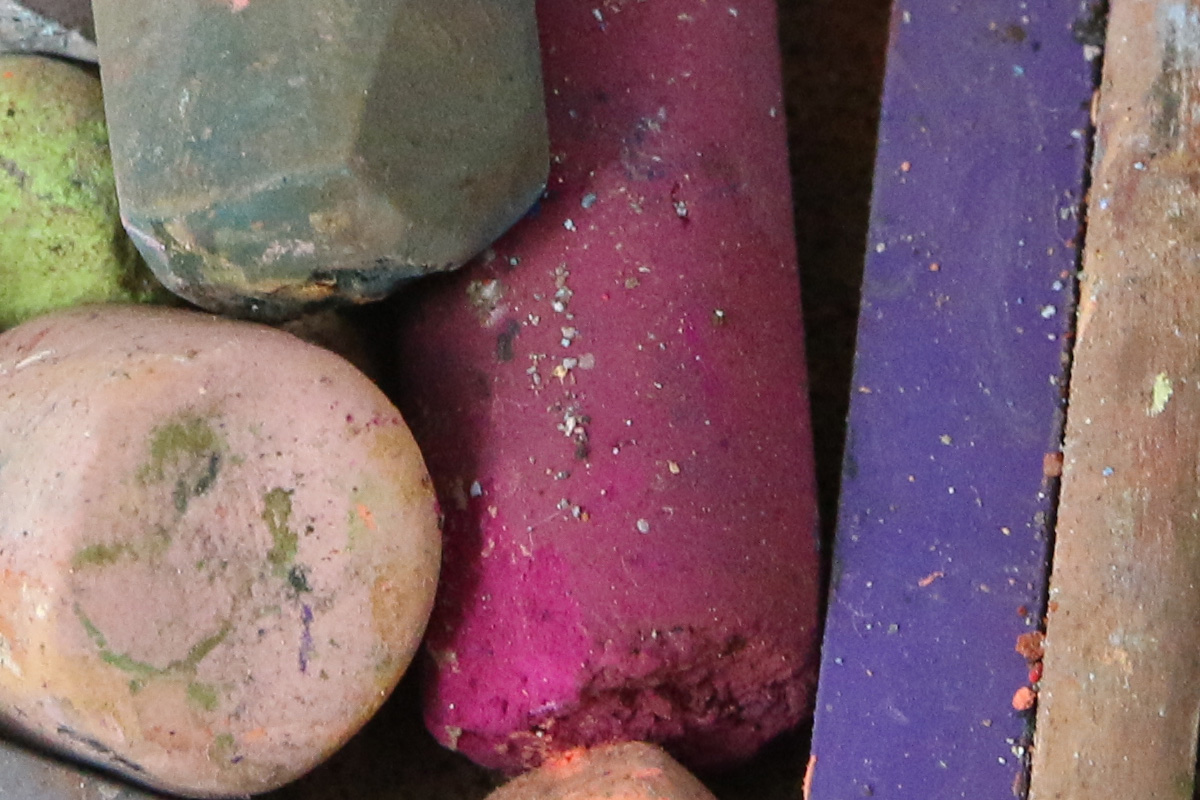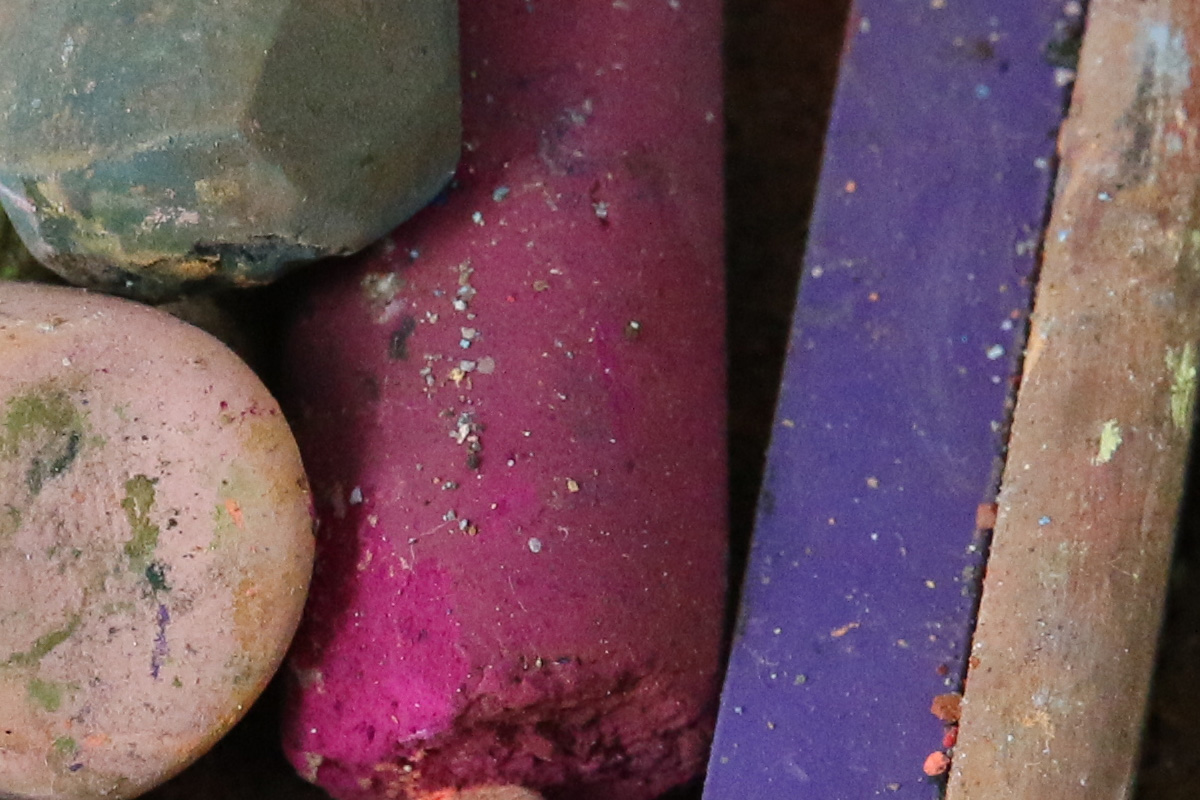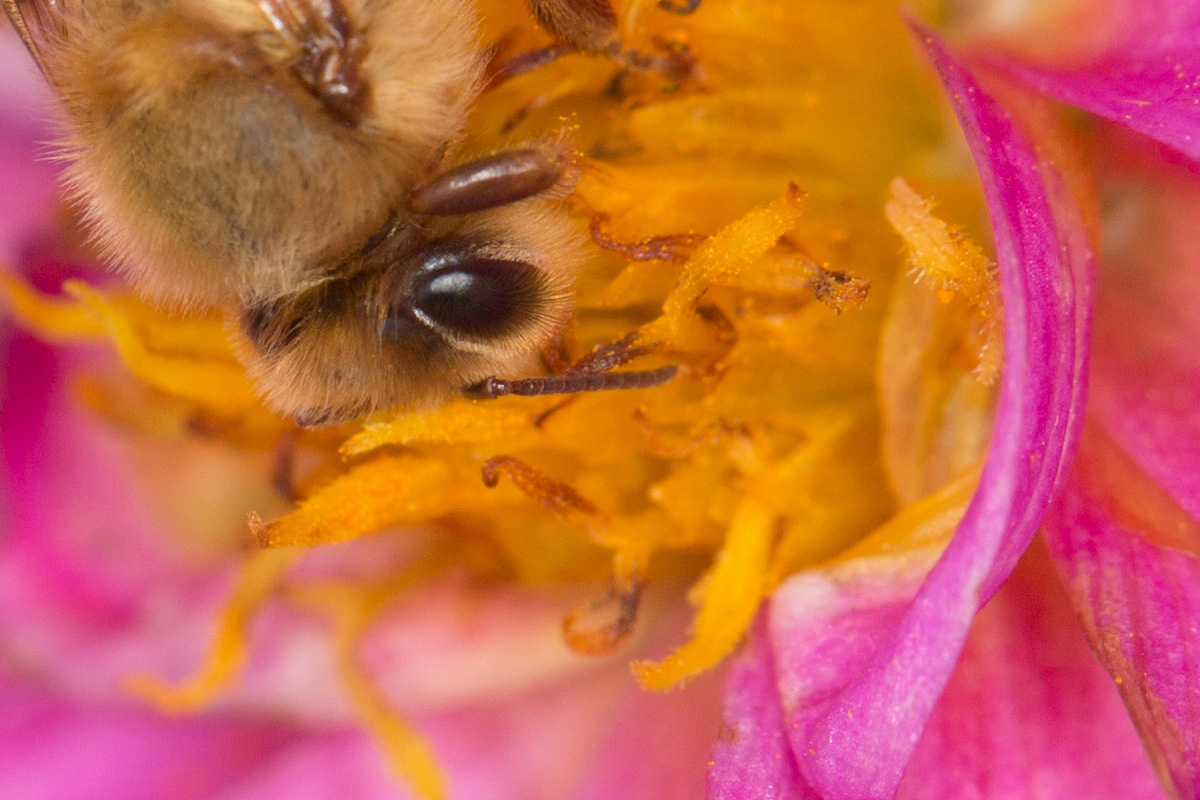Hi All!
I own Canon XSi (Rebel, crop sensor). Recently started shooting jewelry, phones, wallets and so on, generally small-mid size products.
After reading this forum, I went ahead and purchased EF 100mm f/2.8 non-L
Overall I like the lens, I've used tripod for taking pictures, but in most cases I prefer not to use it. But with full zoom on 100mm lens, even on tripod sometimes I get blur(ish) pictures, tripod is essential.
My question:
1. Should I switch to EF 100mm f/2.8 L model ? (I rather not use a tripod when shooting small products)
2. Does the "L" model really help when you take a macro image of a ring or earring WITHOUT tripod ?
3. I've been using stock 18-55 lens WITH stabilizer and almost for all products (mostly phones, I never used a tripod). It would be great if I can pick ONE lens which I can use for taking pics of large products and small like jewelry, WITHOUT using tripod. Is it worth switching to 100mm "L" model and selling 18-55 ?
Would love to hear expert advise.
Thank you in advance!



 Reply With Quote
Reply With Quote









